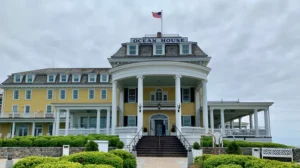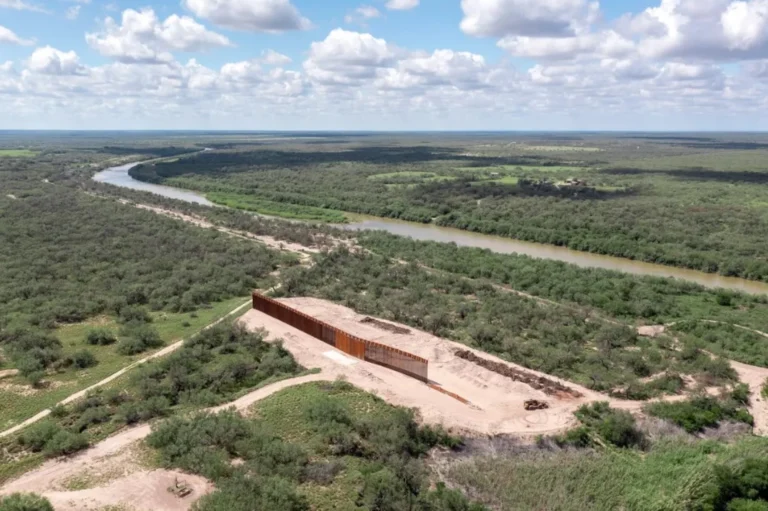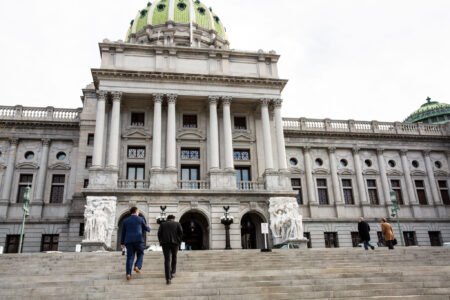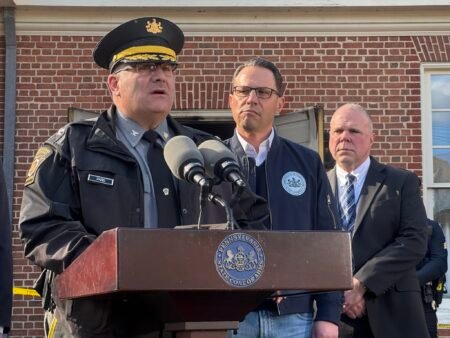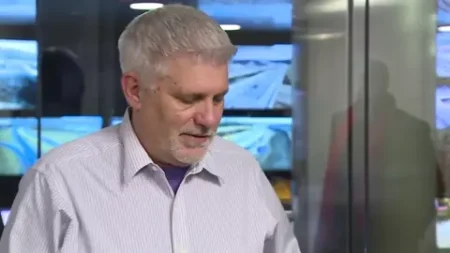Four years after Texas Governor Greg Abbott promised the state would build its own border wall, lawmakers have quietly stopped funding the project. Only 8% of the planned 805 miles has been built, costing more than $3 billion so far. The future of the Texas border wall now looks uncertain.
The decision came during the final hours of this year’s legislative session. Instead of continuing to fund the wall, lawmakers approved $3.4 billion for border security efforts, but none of this money will support the wall’s construction. Instead, funds will go mainly to the Texas Department of Public Safety and the Texas National Guard. These agencies focus on arresting migrants under Operation Lone Star, Governor Abbott’s border security program.
Senator Joan Huffman, the lead budget writer, said the border should be a federal responsibility. She added, “It should have always been a function of the federal government, in my opinion, and that wasn’t really being done.”
During former President Donald Trump’s first term, border wall building was a top priority. However, his administration completed only 21 miles of wall in Texas—less than a third of what the state has built since starting its own program.
Experts say the state program faces big challenges. Last year, reports showed the Texas border wall is made up of scattered sections. Many gaps remain where migrants and smugglers can easily cross. The wall mainly covers rural ranch lands, far from areas with higher rates of illegal crossings.
Building the full wall is a huge task. The Texas Tribune reported the project could take 30 years and more than $20 billion to finish. As of April, state officials said only 83 miles could be completed with existing funds. So far, 65 miles are done. No new construction projects will begin without additional funding.
The Texas Facilities Commission manages the wall project. It aimed to build at least 100 miles by 2026. But the agency lacks money to meet that goal. The executive director did not comment on the current status.
Governor Abbott made the border wall a key part of his policy, especially during the Biden administration, which he criticized for immigration policies. Abbott even asked for donations on his official website, raising over $55 million to help build the wall. The donation page was removed after May 29.
Land ownership is a major obstacle. Most Texas land along the Rio Grande is privately owned. The state cannot use eminent domain to take land for the wall because the Legislature banned it. About a third of landowners contacted refused to allow wall construction on their property.
A Republican senator proposed a bill to allow eminent domain for the wall, but it did not pass. As a result, the wall’s path depends on where the state can get permission to build, not where barriers would be most effective.
Border experts say the wall would help most in urban areas. But many wall sections are in rural ranches, where barriers do little to stop illegal crossings. Nearly a quarter of property owners approached by the state said no to building the wall on their land. These refusals affect 41 miles of the planned wall.
The federal government’s role in building the wall is unclear. The Department of Homeland Security (DHS) did not respond to requests for comment. While Trump once pushed for physical barriers, he has now said deporting undocumented immigrants is a higher priority in a possible second term.
In March, the DHS awarded a contract to build seven miles of wall in Hidalgo County, part of the Rio Grande Valley. The federal government has used eminent domain in the past to acquire land for the wall, but this process often takes over two years.
Illegal border crossings peaked at the end of 2023 and have dropped sharply since then. U.S. Customs and Border Protection data show fewer than 13,000 crossings per month since February—a decline of more than 90% from peak levels two years ago.
Some Republican lawmakers question the wall’s cost and effectiveness. Senator Bob Hall voted for $1.5 billion for the wall in 2023 but wondered if the money was spent just to “give the appearance of doing something” instead of solving the problem.
Senator Charles Perry compared spending on border infrastructure to being stuck on a “hamster wheel.” He said the state needs to “draw a line in the sand” and rethink its approach.
For now, Texas has paused its ambitious border wall plan and turned its focus to law enforcement efforts at the border. The state’s future border security strategy remains a topic of debate.



